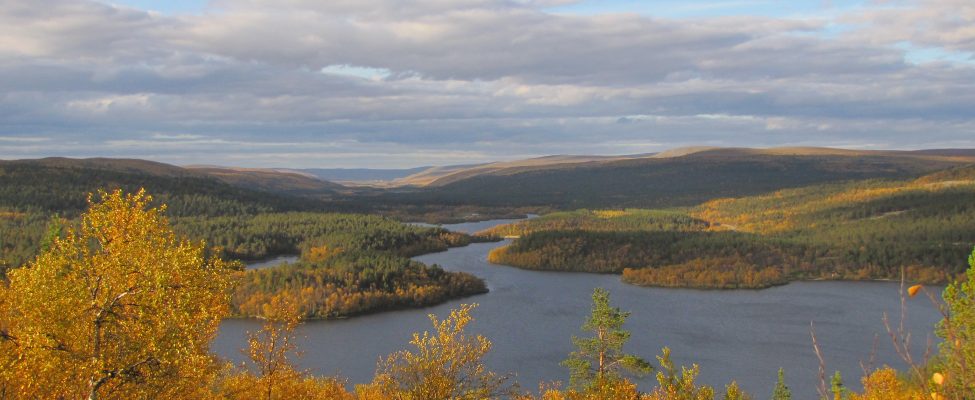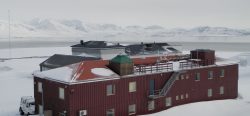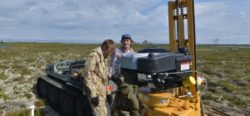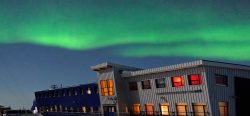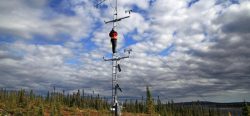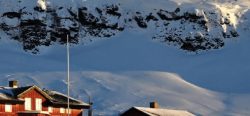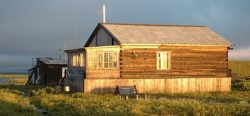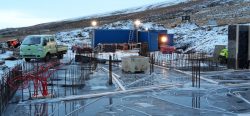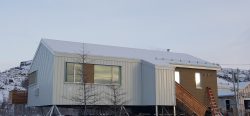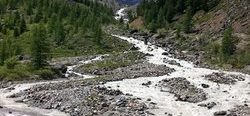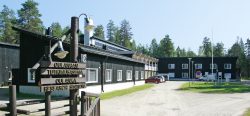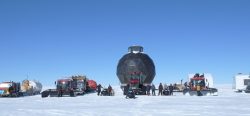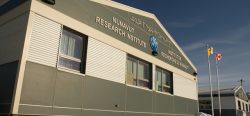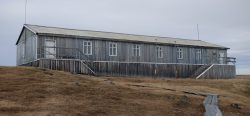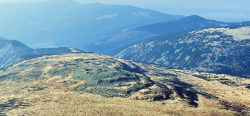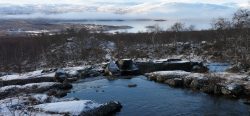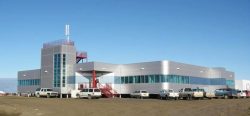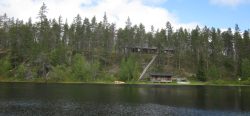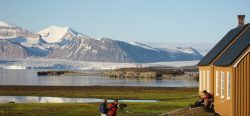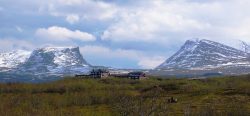STATION NAME AND OWNER
The Kevo SubarcticThe area immediately south of the Arctic circle. Generally, subarctic regions fall between 50°N and 70°N latitude, depending on local climate. In other words, the subarctic is the region between the... More Research Station is managed by the Kevo SubarcticThe area immediately south of the Arctic circle. Generally, subarctic regions fall between 50°N and 70°N latitude, depending on local climate. In other words, the subarctic is the region between the... More Research Institute which is based at the University of Turku.
LOCATION
Kevo SubarcticThe area immediately south of the Arctic circle. Generally, subarctic regions fall between 50°N and 70°N latitude, depending on local climate. In other words, the subarctic is the region between the... More Research Station is located in Utsjoki at the northernmost tip of Finland only about hundred kilometres from the coast of the ArcticDefinitions of the Arctic vary according to environmental, geographical, political, cultural and scientific perspectives. Some scientists define the Arctic as areas having a high latitude, long winters, short, cool summers,... More Ocean (69°45’ N, 27°01’ E) right next to Kevo Strict Nature Reserve (712 km2). It lies about 60 km north of the continuous pine forest line and belongs to the sub-arctic Mountain Birch Forest Zone close to both the local pine tree line and the birch tree line at the forest-tundra ecotone.
BIODIVERSITY AND NATURAL ENVIRONMENT
The station is close to a wide range of ecosystems from pine stands at low altitudes to mountain birch forests and low alpine tundraA type of ecosystem in which tree growth is limited by low temperatures. The origin of the word is from from the Kildin Sami word t?ndâr, meaning "uplands" or "treeless mountain tract". In the northern... More as well as mires (also palsas), lakes, and rivers. Several large-scale outbreaks of birch feeding moth larvae are characteristic for the birch forests. The latest outbreak in 2005-2009 destroyed about 400 km2 of the treeline birch forests in Utsjoki. Grazing by semi-domesticated reindeer is another important factor that shapes the ecosystems. The area is part of the basin of the river Teno/Tana which is one of the top salmon rivers in Europe.
HISTORY AND FACILITIES
The station was founded in 1958. The station, including a weather station of Finnish Meteorological Institute, consists of several buildings. It has the capacity to accommodate about 40 guests in winter and up to 70 in summertime. It is open year-round, but full-board meals will be offered only during the main field season (from May to September), except for larger groups. The station provides laboratories, a workshop, a lecture hall, and accommodation buildings. During recent years the station has had about 80 Finnish and 60 foreign visiting scientists each year.
GENERAL RESEARCH AND DATABASES
Kevo SubarcticThe area immediately south of the Arctic circle. Generally, subarctic regions fall between 50°N and 70°N latitude, depending on local climate. In other words, the subarctic is the region between the... More Research Station has got a long tradition in manipulative experiments addressing cause-effect relationships of anthropogenicCaused by, or due to, human activities. For example, anthropogenic climate change.Caused by, or due to, human activities. For example, anthropogenic climate change.... More environmental changes. In ecological science it is known for the research on plant herbivore interactions and in geographical science for research on palsa mires. There are long-term field experiments studying the effects of aerial pollutants and the impacts of reindeer grazing. The station has got arboretums with different origins of arcticDefinitions of the Arctic vary according to environmental, geographical, political, cultural and scientific perspectives. Some scientists define the Arctic as areas having a high latitude, long winters, short, cool summers,... More treeline species. There is monitoring data available on population dynamics of moths, rodents, birds, plant phenologyThe study of the timing of recurring natural events such as bud opening, egg laying or the arrival of a migratory animal. Many living organisms have defined life cycle events... More, pollen deposits, and meteorological data. The station also holds up to 50-year old biogeographical mapping data of the surrounding area.
HUMAN DIMENSION
Utsjoki is the only municipality in Finland with Sámi majority for whom the traditional reindeer herding and fishing are still important livelihoods, even though it is in general a normal modern community with modern services. In Utsjoki village (18 km north of Kevo) there are grocery shops, a post office, a library, a swimming hall, accommodation providers, pubs, a bank, and a health centre. Anthropological, sociological, and archaeological studies on the local community have been managed by the research station.
ACCESS
The station is located close to a main road and can be reached by car. Access to the station is across Lake Kevojärvi (250 m, in summer by boat and in winter over the ice) or via a small road (5 km). The closest airport in Finland is in Ivalo with a bus connection from Ivalo to Kevo (c. 150 km). There are also airports in Norway at about the same distance (Lakselv, Vadsø, Kirkenes). Alternatively, a train connection exists from southern Finland to Rovaniemi followed by a bus trip via Ivalo to Kevo (450 km).
